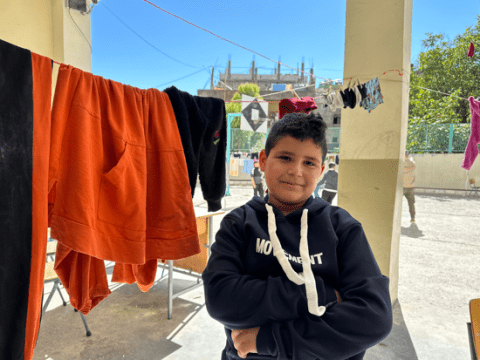Middle East Crisis (MEC) Response |LEBANON SITREP #8
Download
After over two months of intense conflict and nearly a year of escalating hostilities, a ceasefire came into effect on 27 November at 04:00 local time, marking a pivotal moment for Lebanon. The agreement is rooted in implementing UN Resolution 1701 (2006), establishing a 60-day timeline for withdrawing forces from southern Lebanon and deploying Lebanese Armed Forces (LAF) along the border.
In the hours preceding the ceasefire, 26 November witnessed devastating airstrikes by the country to the south of Lebanon, causing significant destruction across multiple areas. Beirut was heavily impacted, particularly its central district and southern suburbs, leading to widespread panic. The Bekaa Valley suffered similar devastation, while Saida and the Rashidieh Palestinian refugee camp were targeted for the first time since October. Additionally, airstrikes severed the Aridah crossing between northern Lebanon and Syria, further isolating the country.
Since the ceasefire, many displaced families have begun returning to their communities. However, these returns are fraught with challenges, as many encounter destroyed homes, damaged infrastructure, and limited access to basic services. Others remain unable to return due to safety concerns and access restrictions, particularly in southern Lebanon.

